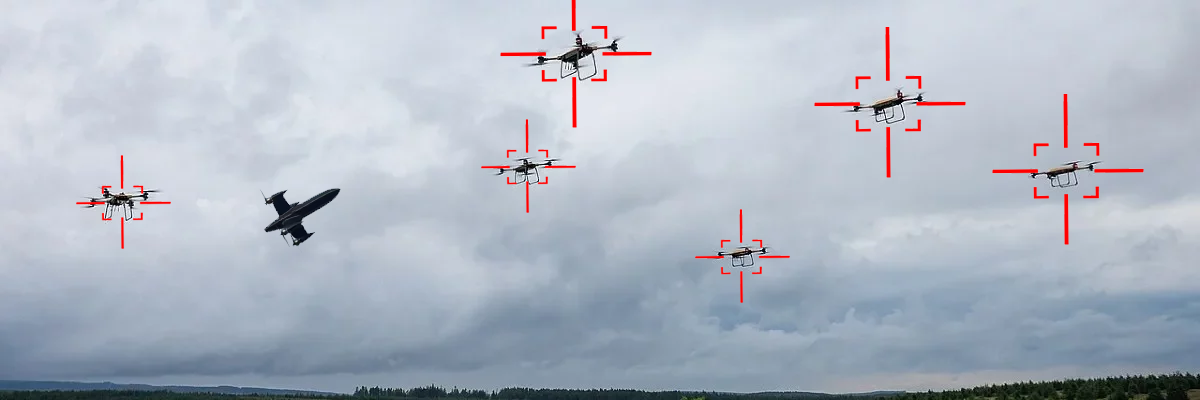Advanced R&D Capabilities
Our dedicated R&D division continuously develops and integrates state-of-the-art components across sensors, materials, propulsion, and communications to ensure dominance in drone interception.
Record-breaking speed of 600 km/h
This relentless innovation effort has led to the creation of proprietary technologies and the filing of multiple patents, reinforcing our strategic leadership and safeguarding our intellectual assets. From advanced radar-guided targeting systems to AI-driven threat classification algorithms, our patented solutions form the backbone of a next-generation counter-UAV ecosystem. These innovations not only provide a technological edge but also ensure scalability, exportability, and compliance with the most stringent operational standards.
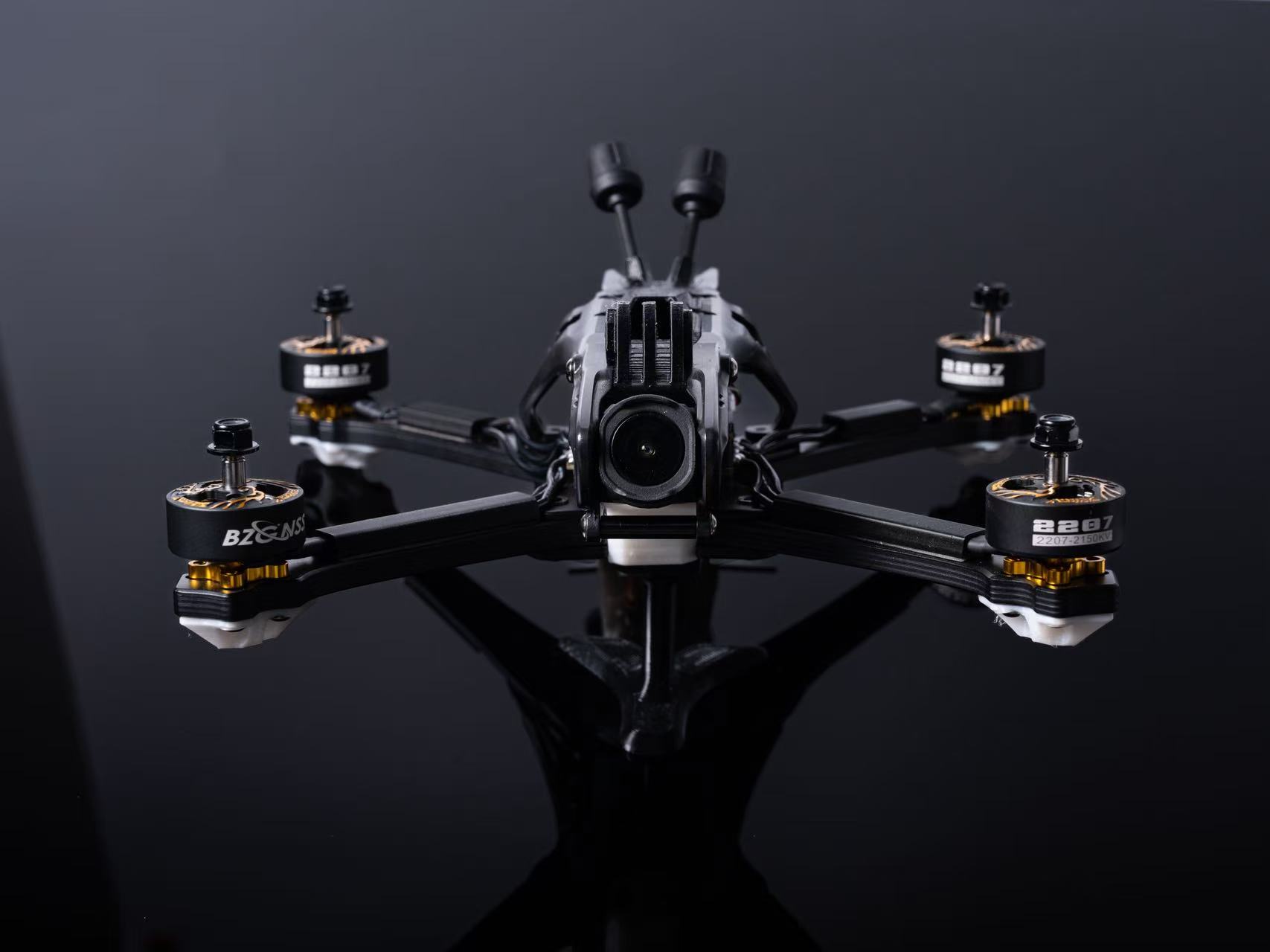
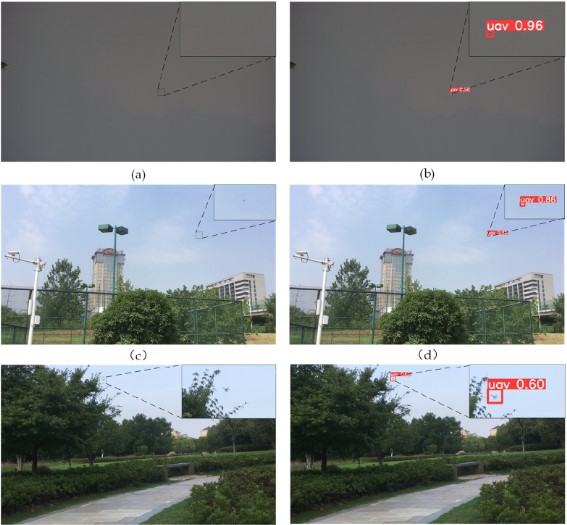
Smart Targeting & AI Software
Embedded YOLO object recognition and AI-based flight control enable autonomous decision-making, predictive interception, and in-flight trajectory adjustments. This fusion of intelligence and dual-spectrum vision ensures precise threat neutralization in all weather and lighting conditions.
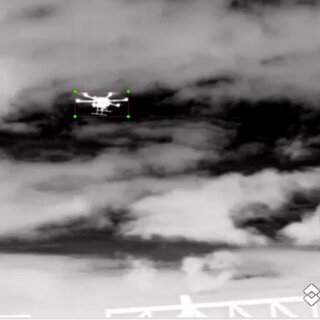
Advanced Thermal & Optical Sensors
Next-generation dual-spectrum imaging combines FLIR thermal cameras with high-resolution optical sensors. This provides critical situational awareness, allowing for target detection through obscurants like fog and smoke, with a current range of 2.5 km and a planned extension to 3 km.
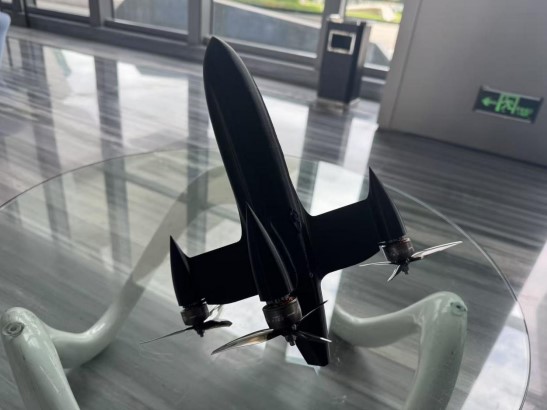
Advanced Materials & Structural Design
A hybrid framework of carbon fiber composites and titanium-alloy cores provides an exceptional strength-to-weight ratio. This ensures high durability and survivability during impacts while enabling tight maneuverability and reduced heat signature for enhanced mission success.
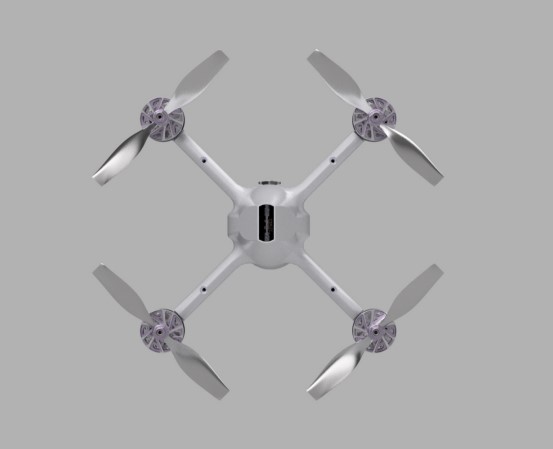
Propulsion & Maneuverability
A custom multi-axis propulsion system delivers extreme acceleration and instant directional control. This enables tight turns, vertical climbs, and real-time trajectory adjustments for engaging fast, unpredictable threats in complex urban or battlefield environments.
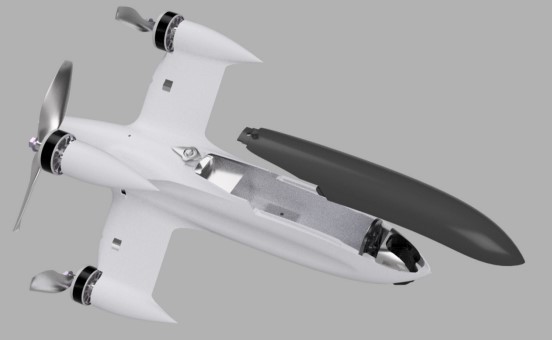
Power Systems & Battery Innovation
Advanced research into high-density lithium polymer and solid-state batteries maximizes energy output within strict weight limits. Smart power controllers manage voltage, thermal loads, and energy distribution to ensure stable performance for both propulsion and sensors.
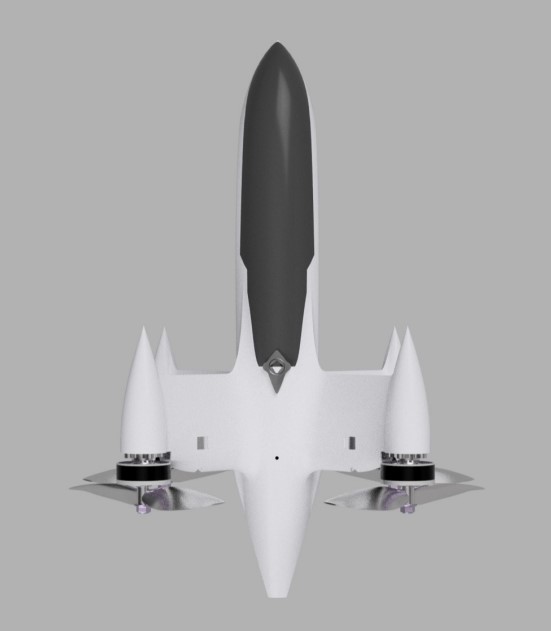
Encrypted RF Data Link
A hardened RF link fortified with AES-256 encryption and ECC authentication ensures end-to-end data security. It actively defends against jamming and spoofing with dynamic frequency hopping, guaranteeing resilient command-and-control in contested electronic warfare zones.
Our Mission
- Turn any sensitive site into an active defense zone—automated, silent, and always ready.
- Providing operators with the tools to anticipate, engage, and eliminate evolving drone threats with total confidence.
Two-Way Tactical Data Link
Our products features a secure two-way data link, inspired by advanced missile communication systems. This real-time channel allows operators or command centers to send tactical instructions directly to the interceptor in flight—such as updating mission parameters, reassign targets, or execute abort commands instantly, all with live feedback.
Mission-Ready Customization
Designed for operational flexibility, the Portable CUAS can be customized to support a wide range of mission profiles—from surveillance and neutralization to specialized tactical roles.
Modular architecture allows for integration of different sensors, targeting systems, or operational modes based on mission needs.
Versatile Payload
The X1 Raptor Portable CUAS is designed with modularity in mind, supporting a variety of mission-specific payloads.
Operators can equip the interceptor with kinetic impact heads for precision strikes,
disarming payloads for high-value target elimination, or net-based capture systems
for safe neutralization in sensitive environments.
Each payload option can be selected and mounted depending
on the operational context.
Unmatch Speed
Meet the X1 Raptor Drone Interceptor, a game-changer in counter-drone technology.
Developed by F.o.T., its record-breaking speed of 600 km/h and compact, rifle-like design allow a single operator to deploy it instantly from any vehicle or on foot.
This unparalleled mobility ensures a rapid and flexible response to dynamic drone threats in any environment, making it the ideal solution for protecting critical assets on the move.
System Integration
In addition to onboard sensors, the X1 system can be fully integrated with external detection networks,
including third-party NIDAR systems, radar arrays, and
RF-based drone detectors. This enables early threat identification and automated handoff
of hostile drone tracking to the X1 Raptor for rapid interception.
Whether for tactical operations or permanent defense installations, the X1 ensures a scalable and customizable
response against evolving aerial threats.
Autonomous Area Defense Integration
The X1 Interceptor can be seamlessly integrated into third-party surveillance and security ecosystems such as NIDAR to form a fully autonomous defense layer for critical infrastructure, private estates, and VIP zones.
When combined with advanced radar and detection systems, the X1 is housed in a compact, weatherproof box and remains in standby mode until a threat is detected within a secured zone. Upon validation, the enclosure opens autonomously, and the interceptor is deployed in seconds.
Multiple interceptor boxes can be strategically positioned around a property or critical area, each communicating with the central NIDAR control system. This modular approach enables 360° coverage and instant threat response without human intervention.
Smart Perimeter Security
Mission-Ready Payload Configurations
Scalable Autonomous Defense
Once released, the interceptor activates its tracking and propulsion systems to immediately lock onto and engage hostile drones with precision.
Immediate Target Engagement
